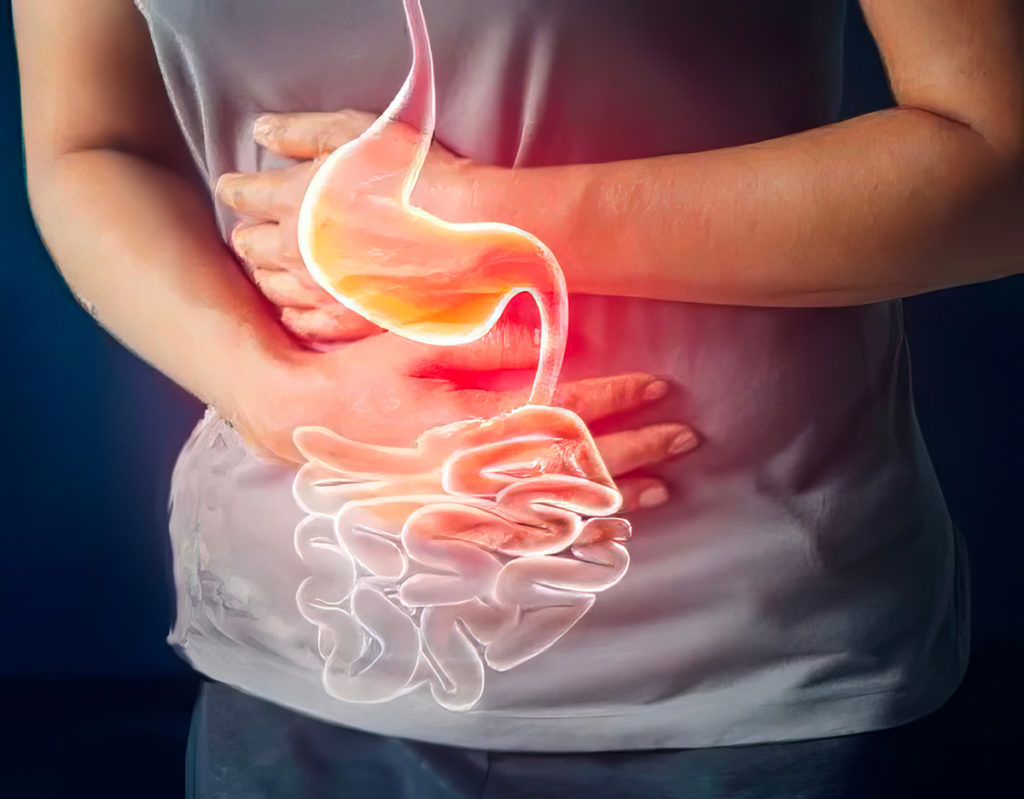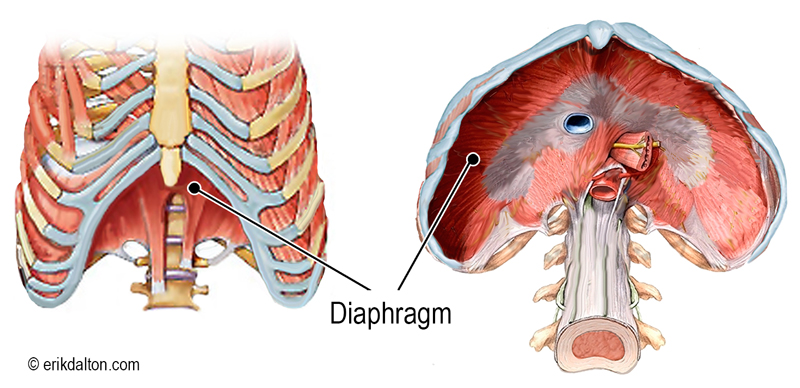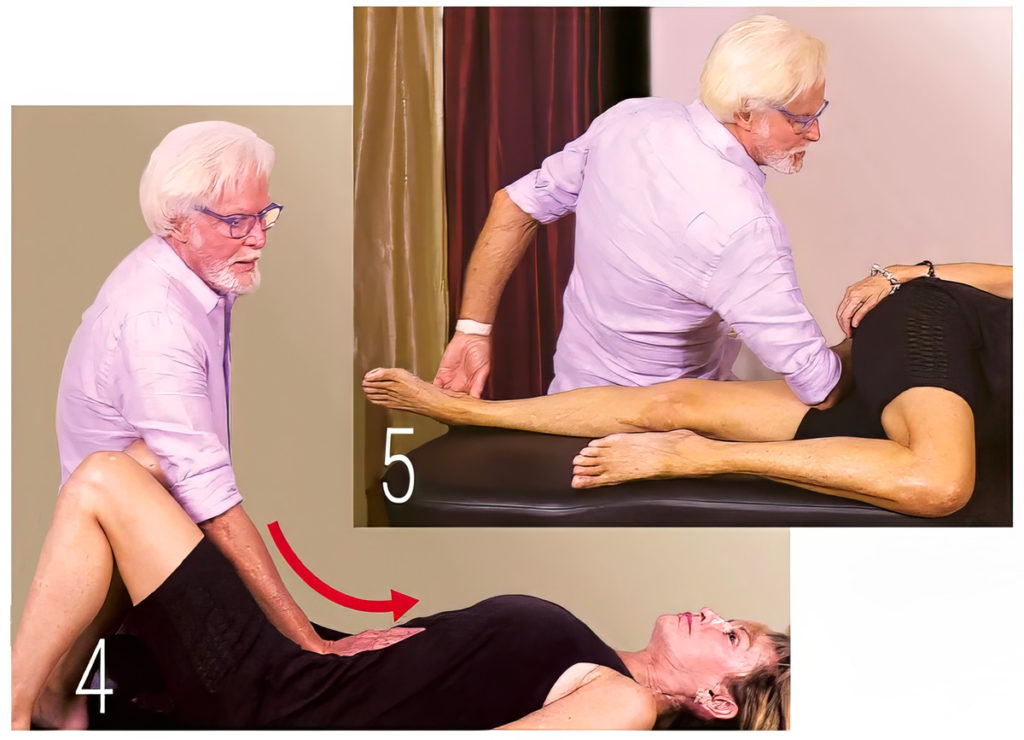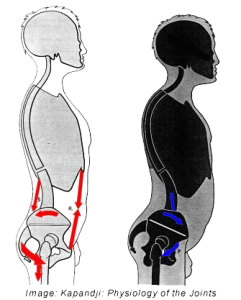



Summary
Bloating and distension are highly prevalent symptoms with a marked effect on health status and quality of life. In the last few years, considerable progress has been made in understanding the pathogenesis of these symptoms, and emerging evidence indicates that targeting colonic motility, gut flora, visceral sensitivity, and dietary intake is helpful in controlling such symptoms.2
The primary goal of digestion is to get food from one end to the other as quickly as possible with maximum absorption. Massage techniques that manually teach overworked abdominal muscles how to relax and efficiently move gasses through the system will improve gut motility and strengthen peristaltic action. Though few studies exist in which bloating is a primary endpoint, I’ve personally found that musculoskeletal pelvic alignment coupled with breathing exercises to stimulate the parasympathetic nervous system help improve the symptoms of belly bloat among my clientele.
On sale this week only!
Save 25% off the Posture Pain Performance course!

NEW! USB version with enhanced video
Discover the foundational principles behind MAT technique as we take you on an in-depth look at the connection between pain, posture and function. Save 25% off the Posture Pain Performance course this week only. Offer expires Monday April 22nd. Click the button below for more information and to purchase the course. Upon completion receive 20CE hours and a certificate of completion to display in your office.
Bonus: Order the Home Study version and receive the e-Course for FREE!





